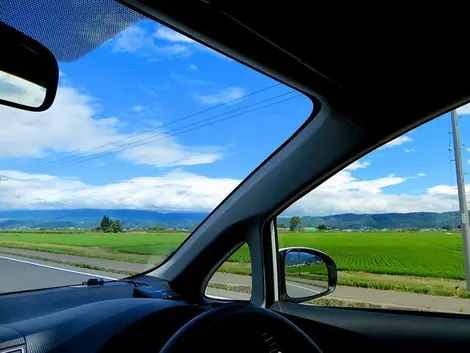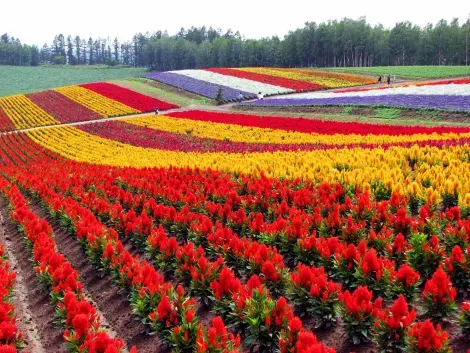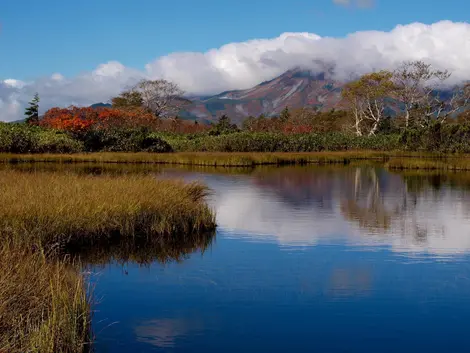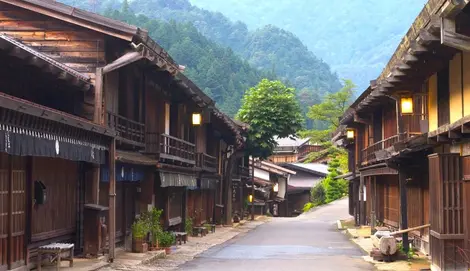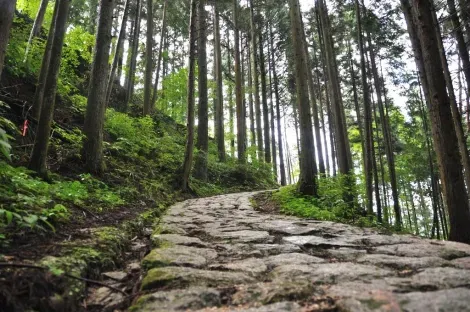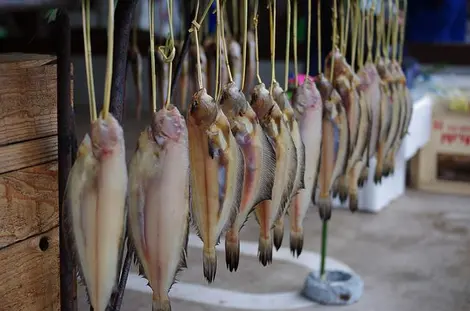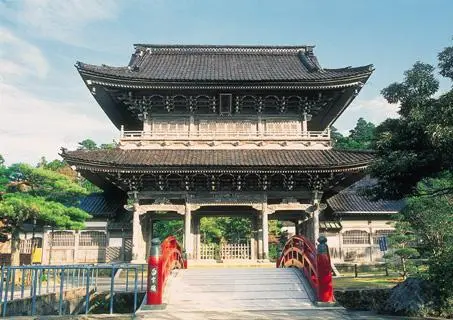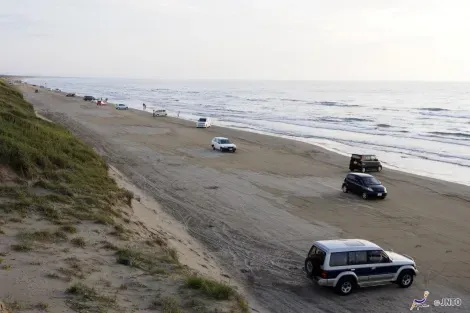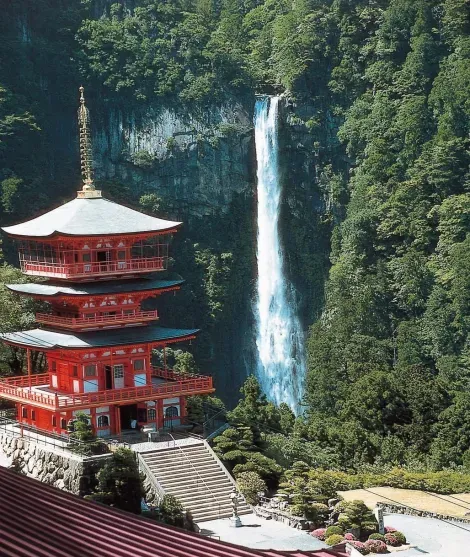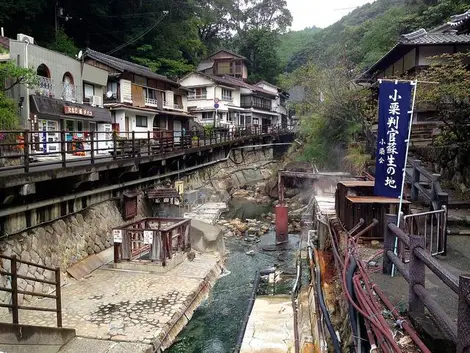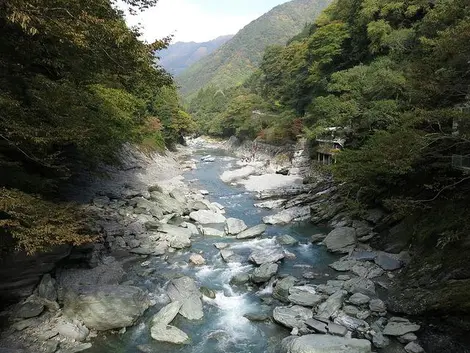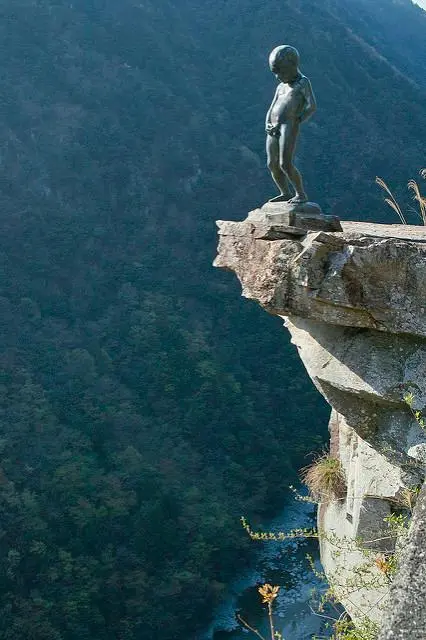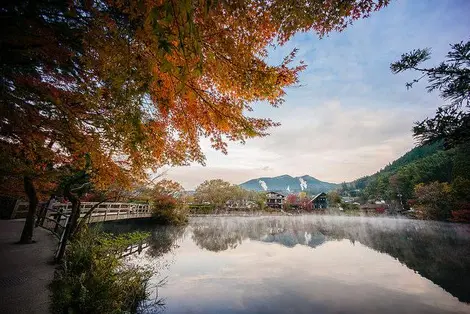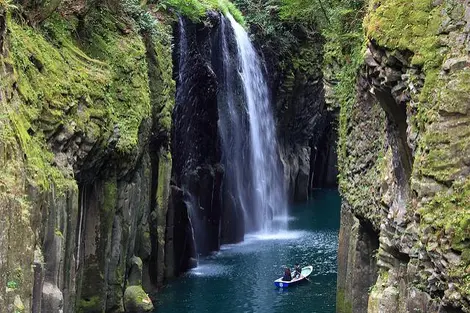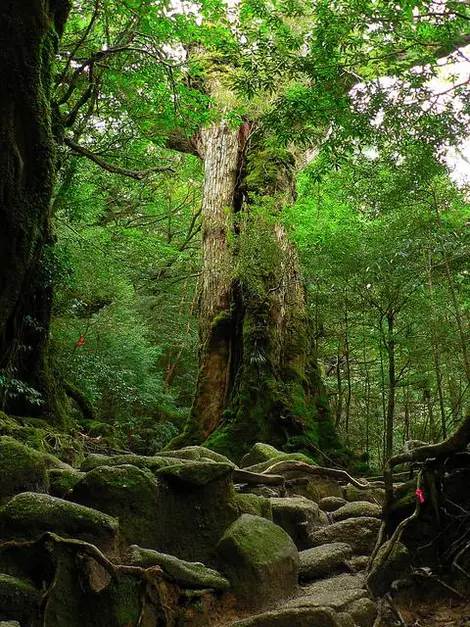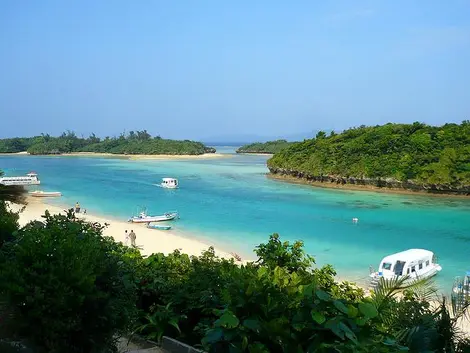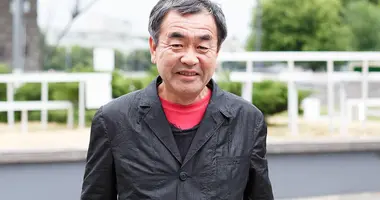Seven regions to visit by car in Japan 車で日本を巡る必見スポット
- Published on : 11/04/2017
- by : K.C.
- Youtube
On the open road
Discovering Japan by car is easy, and lets you reach areas that are much further off the beaten track. Here's our selection of the regions to visit.
Simply enter the address into the GPS in your car, and discover a different side of Japan.
Hokkaido
- Furano
Called "navel of Hokkaido" for its central location on the island, Furano is a nice town to visit regardless of the season. Enjoy green pastures, beautiful landscapes, and lavender fields (in July). In winter, Furano becomes a popular ski resort. Taste its famous black squid ink cheese!
Access: 1-1 Yayoicho, Furano-shi, Hokkaido 076-8555
- Biei
Just thirty kilometers from Furano, the heritage village of Biei is must visit for nature lovers: colorful landscapes, and fields that stretch to the distant horizon. Don't miss Shikisai no Oka, the "hills of seasonal color", where seven hectares of various flowers are planted, and the famous blue pond, Aoi Ike, named for its deep blue color.
Access: 4-6-1 Motomachi, Biei-cho, Kamikawa-gun, Hokkaido 071-0292
- Daisetsuzan National Park
Japan's largest national park covers an area of 220,000 hectares, and offers something for hikers and winter sports lovers! With fifteen volcanic peaks, including Mount Asahi (the highest at 2291 meters), it's known as "the roof of Hokkaido." The hiking trails aren't difficult, but can be long and tiring. Some roads are closed in winter, so check before traveling.
Access: Sounkyo, Kamikawa, Kamikawa-gun, Hokkaido 078-1701
Discover our suggested route Hokkaido: The Northern Loop
The Japanese Alps
A charming little town in the mountains, Tsumago lets you experience the atmosphere of ancient Japan. During the Edo period (1603-1868), Tsumago was an important post town located along the Nakasendo route between Tokyo, then Edo, and Kyoto. This once prosperous and cosmopolitan town fell into obscurity after the opening of the Chuo train line. Then in 1968 the village started a restoration program, and it's now considered the best restored postal town in the country. Don't miss Waki-Honjin, the main inn, the Nagiso History Museum, and the temples of Kabuto Kannon, dating from 1180, and Rurisan Kotoku-ji, founded in 1500.
Access: 2159-2 Azuma Kiso-gun, Nagano-ken, 399-5302
Another postal town along the Nakasendo, connecting Tokyo to Kyoto, Magome also retains its old charm. Tread in the footsteps of travelers of the Edo period (1603-1868), and explore the hiking trails of the Kiso Valley. The two inns in the village have been converted into museums.
Access: 4300-1 Nakatsugawa-shi, Magome, Gifu-ken, 508-0502
Noto Peninsula
- Wajima
Located on the northern coast of the Noto Peninsula, Wajima is famous for its morning market, asa-ichi, and for its traditional lacquerware. The market is held from 8:00 to 12:00 in the pedestrianised street in the town center. You'll find various products, such as fresh seafood and vegetables from local farms. You can also visit the Kiriko Matsuri Festival museum.
Access: 2-29 Futatsuyamachi, Wajima-shi, Ishikawa-ken 928-8525
- Sojiji Temple
Opened in 1321 during the Kamakura period (1185-1333), the temple belongs to the Soto School of Buddhism. A fire in 1898 destroyed part of the building, so some functions were transferred to other temples. The buildings that survived the fire retain their splendor and shouldn't be missed: the warehouse, the mausoleum of the founder Dentoin Keizan and the entry of the Kannon.
Access: 1-18-1 Monzen monzenmachi, Wajima-shi, Ishikawa-ken 927-2156
- Chirihama Beach
Chirihama beach is on the coast of the Hokuriku region, facing the Sea of Japan. At forty kilometers from Kanazawa, the "Chirihama Nagisa Driveway" is a road that covers a distance of 8km between the cities of Hakui and Imaha. When the sand is wet from the tide, it hardens so that cars and even buses can drive along it.
Along the coast you'll find many small stalls selling grilled seafood, like hamayaki (grilled clams), as the area is well known for its shellfish.
Access: near the "Noto Satoyama Kaido" expressway; Aomachi, Hakui, Ishikawa
- Myojo-ji Temple
Founded in 1294 by Nichizo, Nichiren's disciple, Myojo-ji is the head temple of all buildings. In Joroku-do, you can see a 5 meter high statue of the Buddha Shakamuni, dating from 1686. The Goju-no-to pagoda is the highest in the Hokuriku region, dating back to the Edo period (1603-1868). It is also the only five story pagoda all over the country with a tochibuki style roof, a technique using thick wooden shingles.
Access: Takidani machi, Hakui-shi, Ishikawa-ken 925-0002
Wakayama
- Kumano sanzan
The 'Kumano sanzan' refers to the three shrines of Kumano Hongu Taisha, Kumano Nachi Taisha and Kumano Hayatama Taisha. These shrines are designated UNESCO World Heritage sites as "Sacred Sites and Pilgrimage Routes in the Kii Mountain Range". The Kumano pilgrimage has been popular since the ninth century! Revered as a place of resurrection, the belief is that spirits come there to pray for happiness in future lives.
Access: 1110 Hongūchō Hongu Tanabe-shi, Wakayama-ken 647-1731
Discovered 1800 years ago, Yunomine onsen is one of the oldest hot springs in Japan. It has been part of the Kumano pilgrimage for 1,000 years! Pilgrims come and perform purification rituals in the natural hot water after a long day's walk, to prepare for a visit to one of the shrines.
Access: Hongucho Shimoyukawa Tanabe, Wakayama-ken 647-1732
Check out our self-drive tour A Shinto Pilgrimage...
Shikoku
Found in the Tsurugi Mountain National Park, Iya Valley is one of the least explored regions of Japan. The Nana Magari, Seven Curves, is known as the most dangerous place in the valley. Perched 200 meters above the valley, a statue of a boy urinating was built to discourage people from testing their mettle in the mountains! Cross Iya Kazurabashi, the largest vine bridge in the valley. Suspended 14 meters above the Iya River, it's 45 meters long...
Spectacular scenery also awaits you in the valleys of Oboke and Koboke: the largest river in Shikoku, gushing from the rock of the mountains and flowing down to Ishizuchi Ehime, Kochi and Tokushima. Boke in Japanese means "dangerous"; O-boke being "big boke" and Ko-boke "small boke", it is said that the valleys were so named because of the shape of the rocks, creating the narrow passage leading to it.
Access: Nishiiyayamamura Tanouchi, Miyoshi, Tokushima-ken 778-0000
- Karst Plateaus
It's the erosion of limestone that created the karst plateaus of Shikoku. At 1,400 meters above sea level, the observatory is the best observation point: from here you can admire the rocks scattered in pastures among cows and sheep. In June and July, alpine flowers grow on the plateaus.
Access: Otsu Yoshiuno, Tsunocho, Takaoka-gun, Kochi 4921-22
See our Shikoku self drive tour Inside Shikoku's Soul
Kyushu
- Yufuin
Yufuin spa town is located twenty kilometers from Beppu. Less known than its neighbor, it also has many onsen. In this green valley at the foot of Mount Yufu, also called Yufu-dake, it's not uncommon to hear the bells of surrounding temples ring. The hike to Mount Yufu takes only 90 minutes. Around Lake Kirinko you'll find a mixed-sex public bath, cafes and shops, and the small temple, Tenso Jinja.
Access: Yufuin-cho, Yufu-shi, Oita 879-5102
Central to the mountains of Kyushu, in the prefecture of Miyazaki, Takachiho is a mystical village set in a beautiful natural landscape. Crossed by the Gokase-gawa River, the area is known for its gorges created by lava flow from Mount Aso.
The waterfall Manai no Taki is 17 meters high, and one of the main attractions. Take a walk 600 meters over the Gokase-gawa, from where you can admire the banks lined with cherry blossoms during springtime. In summer, azaleas and wisteria color the landscape, and don't miss the fall leaves, Koyo.
Access: Oshioi Mitai, Takachiho-cho, Nishiusuki-gun, Miyazaki-ken 882-1101
Yakushima is a subtropical island, home of the ancient cedars, and attracts keen hikers. At the heart of the forest lies Jomon-sugi, a huge cedar tree that is said to date from the Jomon era (15 BC, 000-300). Please note that the road that leads there is closed to vehicles from March to November (except for the Arakawa Bus, 850 yen ($7.60)). Yakushima turtles, umigame, nest on the beaches of the island from May to July.
Discover our suggested route Kyushu, the Magnificent Green Route
Okinawa
Okinawa is the main island of the Yaeyama Islands, located south of Naha. Covered by mountains, including Mount Omoto-dake, rising to 526 meters above sea level, it's best known for its coral reef. Local say Kabira Bay is the place where the water is clearest in Okinawa.
From Ishigaki, you'll have access to other islands in the archipelago, such as Taketomi and Iriomote.
To travel the area easily, rent a car at the airport of Ishigaki-jima.

















